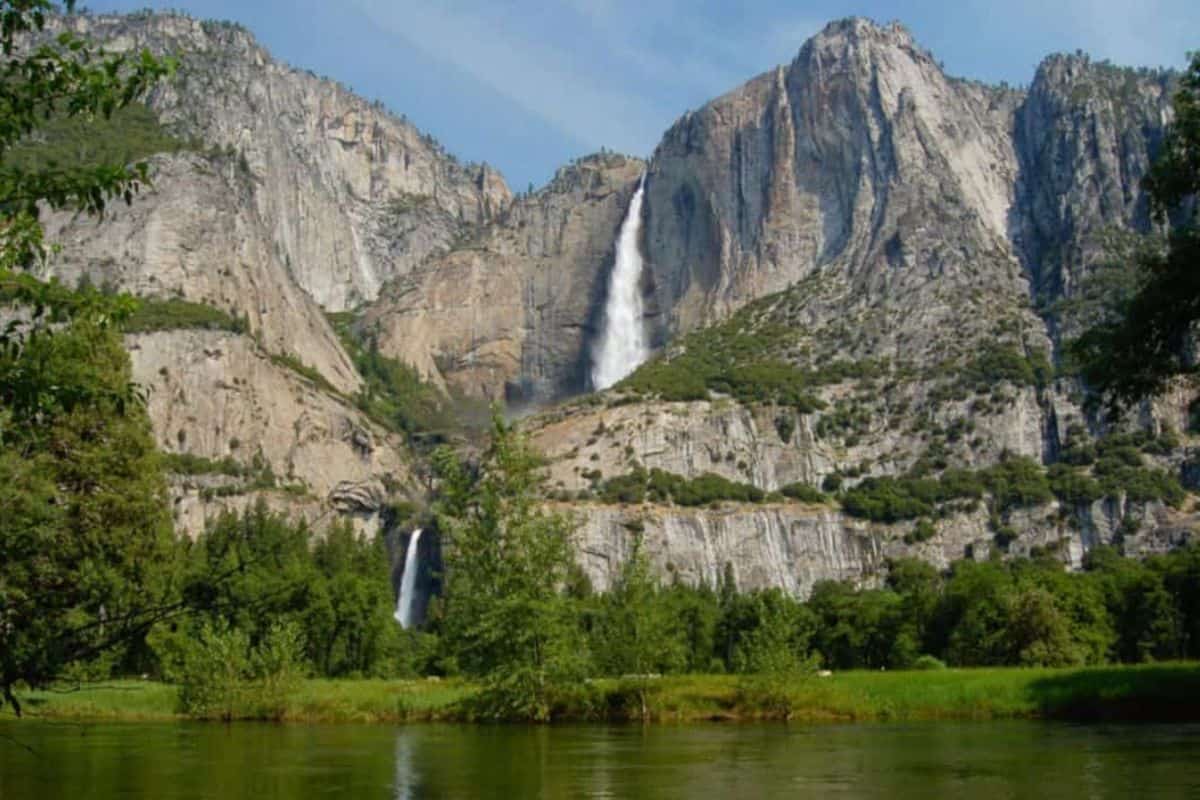The United States is home to fourteen national parks that have been recognized as UNESCO World Heritage Sites in recognition of their unique cultural or natural importance. These sites include diverse landscapes, from deserts and mountains to forests and waterways.
Each park represents an integral part of America’s natural and cultural heritage and provides visitors with recreation, education, and opportunities for adventure.
The National Park Service works to preserve these treasured landscapes for future generations. The World Heritage designation helps raise awareness of their importance both within the United States and around the world.
Carlsbad Caverns National Park
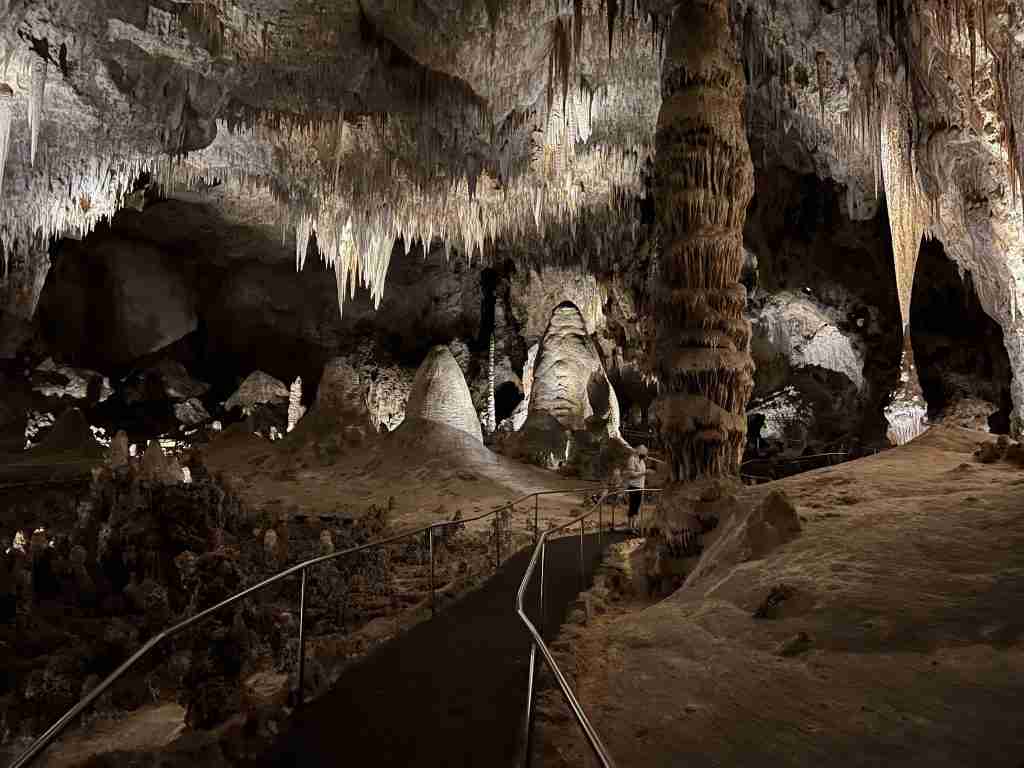
Located in southeastern New Mexico, Carlsbad Caverns National Park is known for its impressive limestone caves and unique geological formations formed from dripping water over millions of years. The park is an intricate network of underground caverns filled with stalagmites and stalactites, cave pearls, and flowstones.
Carlsbad Caverns National Park, established in 1930, became a UNESCO World Heritage Site in 1995 to recognize its outstanding geological and biological importance. According to the National Park Service, Carlsbad Caverns National Park receives around 500,000 visitors yearly.
Everglades National Park

Everglades National Park is in south Florida and covers an expansive area of over 1.5 million acres. It is home to many wildlife, including several rare and endangered species, such as the Florida panther and the West Indian manatee.
Everglades National Park was established in 1934 and recognized as a UNESCO World Heritage Site in 1979. The natioanal park is one of only three locations to be designated as a World Heritage Site and a Wetland of International Importance and receives around one million visitors each year.
Glacier National Park

Glacier National Park is located in the northern region of Montana and is known for its beautiful natural landscapes, including glaciers, lakes, and dense forests. It is also home to the iconic Going-to-the-Sun Road, a scenic drive that spans 50 miles through the park’s breathtaking scenery.
Glacier became a national park in 1910 and a UNESCO World Heritage Site in 1995. With over 3 million visitors annually, the park is a popular destination for hiking, camping, kayaking, and wildlife watching.
Glacier Bay National Park
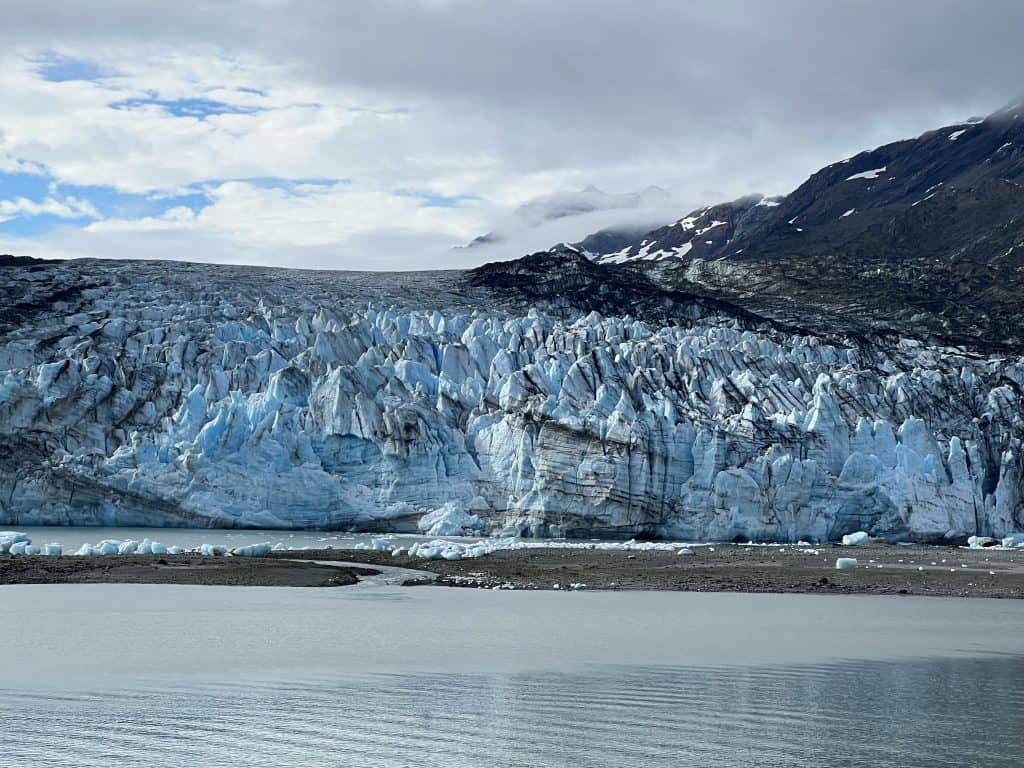
Glacier Bay National Park is in the southeastern region of Alaska and is known for its glaciers, fjords, and diverse marine wildlife. The national park is also home to humpback whales, sea otters, and brown bears. You can explore Glacier Bay National Park’s incredible glaciers and icefields by boat tour or hike.
Glacier Bay National Park, established in 1980, became a UNESCO World Heritage Site in 1993. With over 600,000 visitors annually, the park is a popular destination for wildlife viewing, kayaking, and fishing.
Grand Canyon National Park
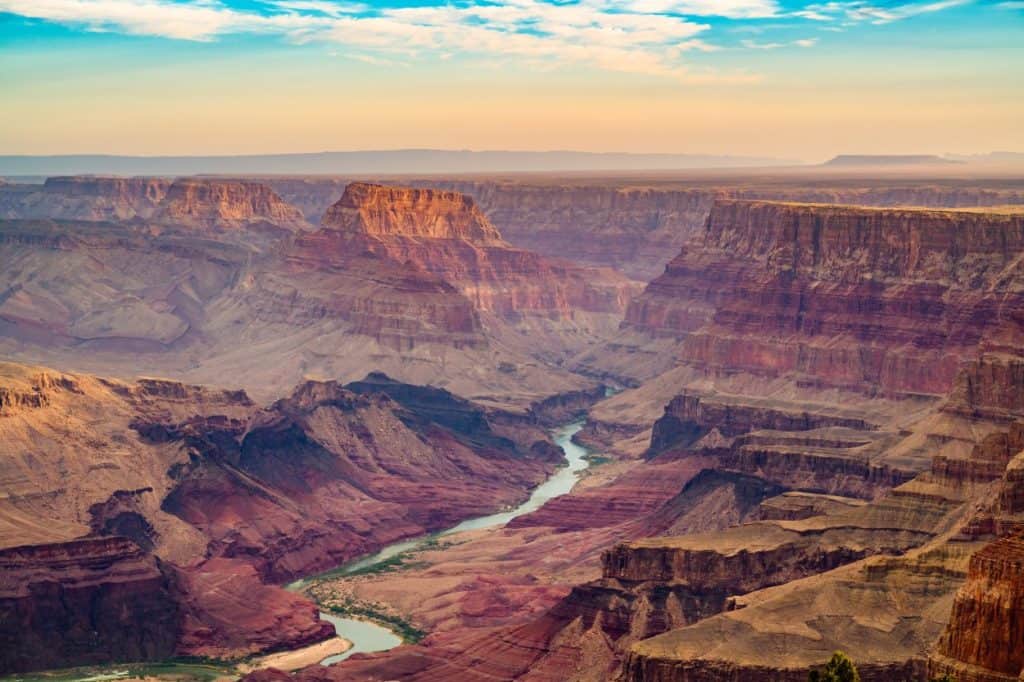
Grand Canyon National Park is located in Arizona and is known for its vast and incredible landscapes, carved out by the Colorado River over millions of years. The Grand Canyon offers a variety of recreational activities, including hiking, rafting, and camping.
Grand Canyon National Park was officially established in 1919 and was designated a UNESCO World Heritage Site in 1979. With over 4 million visitors annually, the park is one of the most popular national parks in the United States.
Great Smoky Mountains National Park
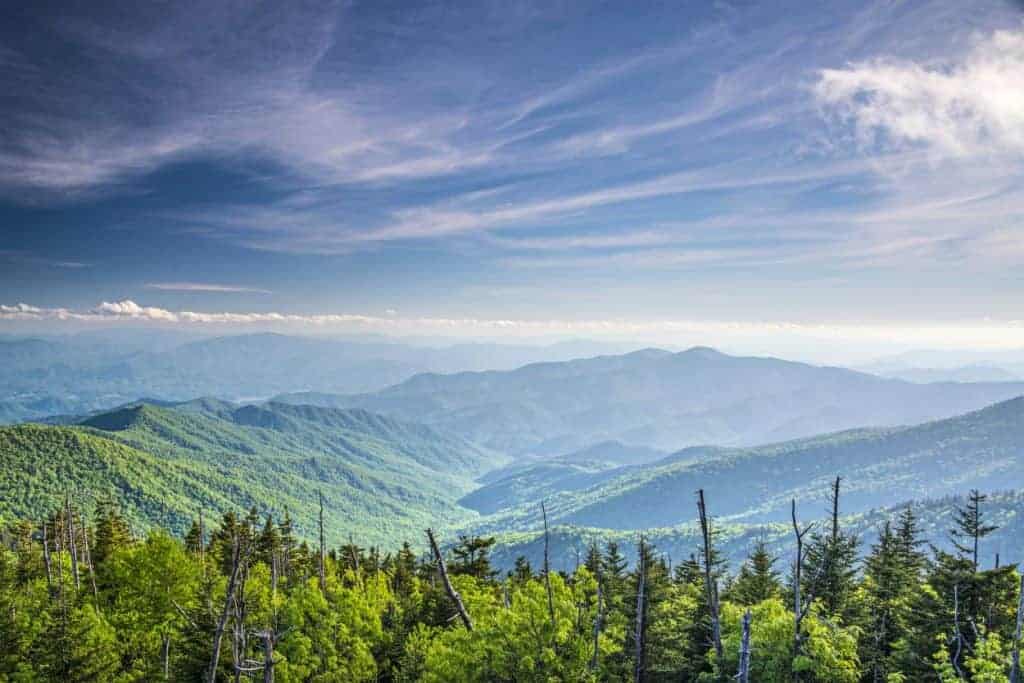
Great Smoky Mountains National Park, on the border of Tennessee and North Carolina, is known for its forests, wildlife, and scenic mountain views. The park is also home to numerous historic structures, including cabins, churches, and grist mills, that give a glimpse into the lives of the people who once called these mountains home.
Established in 1934, the park covers more than 520,000 acres and is the second most visited national park in the United States, with over 14 million visitors annually. In 1983, Great Smoky Mountains National Park became a UNESCO World Heritage Site to recognize its natural beauty and cultural significance.
Hawaiʻi Volcanoes National Park

Hawaiʻi Volcanoes National Park is located on the Big Island of Hawaiʻi and is home of the world’s most active volcanoes, Kilauea and Mauna Loa. You can explore many hiking trails, see lava flows, petroglyphs, learn about Hawaiian culture, and view the park’s beautiful natural landscapes from several scenic drives.
The national park was established in 1916 and is more than 300,000 acres of diverse landscapes, including rainforests, deserts, and volcanic craters. In 1987, Hawaiʻi Volcanoes National Park was designated as a UNESCO World Heritage Site. The park’s annual visitors average around 1.5 million people, who come to witness the park’s unique geology and diverse ecosystem.
Mammoth Cave National Park

Mammoth Cave National Park is in Kentucky and is home to the world’s longest-known cave system, with over 400 miles of explored underground passageways. You can take guided cave tours, see underground rivers and waterfalls, and explore historic sites like the Mammoth Cave Hotel and the Green River Ferry.
The park was established in 1941 and covers over 52,800 acres of diverse landscapes, including forests, rivers, and hills. In 1981, Mammoth Cave National Park was designated as a UNESCO World Heritage Site. The park sees around 500,000 visitors annually, who explore the cave system, hike the park’s trails, and learn about the area’s unique history and culture.
Mesa Verde National Park
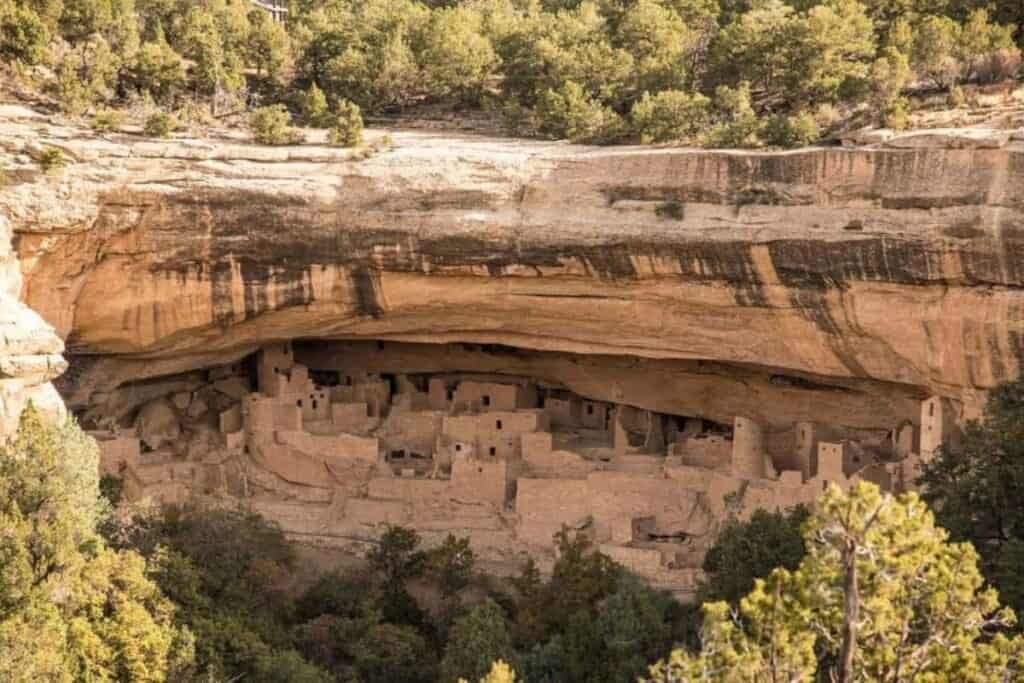
Mesa Verde National Park is in Colorado and has some of the best-preserved archaeological sites in North America. You can explore the park’s archaeological sites, hike its trails, and learn about the culture of the ancestral Pueblo people who lived in the area for over 700 years.
The park was established in 1906 and covers over 52,000 acres, including over 5,000 known archaeological sites, cliff dwellings, and pit houses. In 1978, Mesa Verde National Park was designated a UNESCO World Heritage Site to recognize its distinctive culture and history. The park sees around 500,000 visitors each year.
Olympic National Park
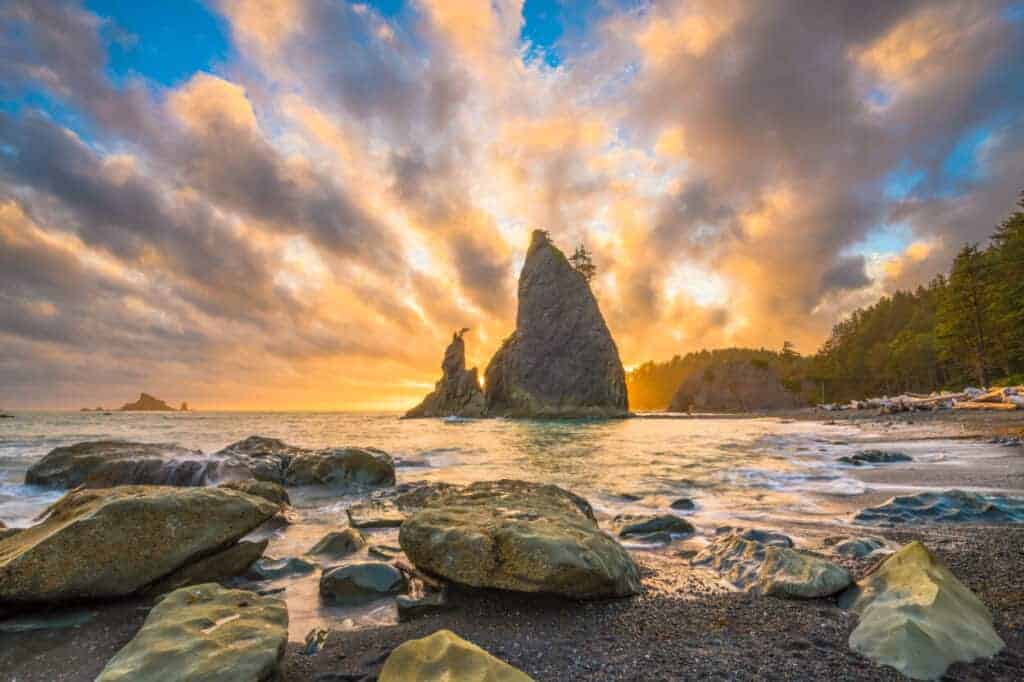
Olympic National Park is located in the state of Washington in the United States and covers over 922,000 acres of diverse ecosystems, including glacier-capped mountains, old-growth temperate rainforests, and rugged coastlines. You can hike its trails, camp in wilderness areas, explore its scenic roads and beaches, and go fishing, kayaking, and snowshoeing.
The park was created in 1938 and is home to abundant wildlife, including Roosevelt elk, black bears, and mountain goats. In 1981, Olympic National Park became a UNESCO World Heritage Site to recognize its unique and diverse natural beauty. The park sees around 3 million visitors annually.
Redwood National Park

Redwood National Park is located on the northern coast of California and is known for its towering coastal redwoods, the tallest trees in the world. You can explore its old-growth forests, hike its trails, and camp. You can also go fishing, kayaking, and wildlife viewing.
Redwood National Park was established in 1968 and covers over 139,000 acres of forested land, including several state parks and protected areas. In 1980, Redwood National Park became a UNESCO World Heritage Site in recognition of its natural beauty and ecological significance. The park sees around 540,000 visitors annually.
Wrangell-St. Elias

Wrangell-St. Elias National Park and Preserve is in southeastern Alaska, United States, and is the largest national park in the country, covering over 13 million acres of rugged wilderness. The park is home to four major mountain ranges, including 9 of the 16 highest peaks in the United States, glaciers, rivers, and wildlife.
Wrangell-St. Elias was established as a national park in 1980 and designated as a UNESCO World Heritage Site in 1979 to recognize its unique geological and ecological characteristics. The park sees around 79,000 visitors annually.
Yellowstone National Park
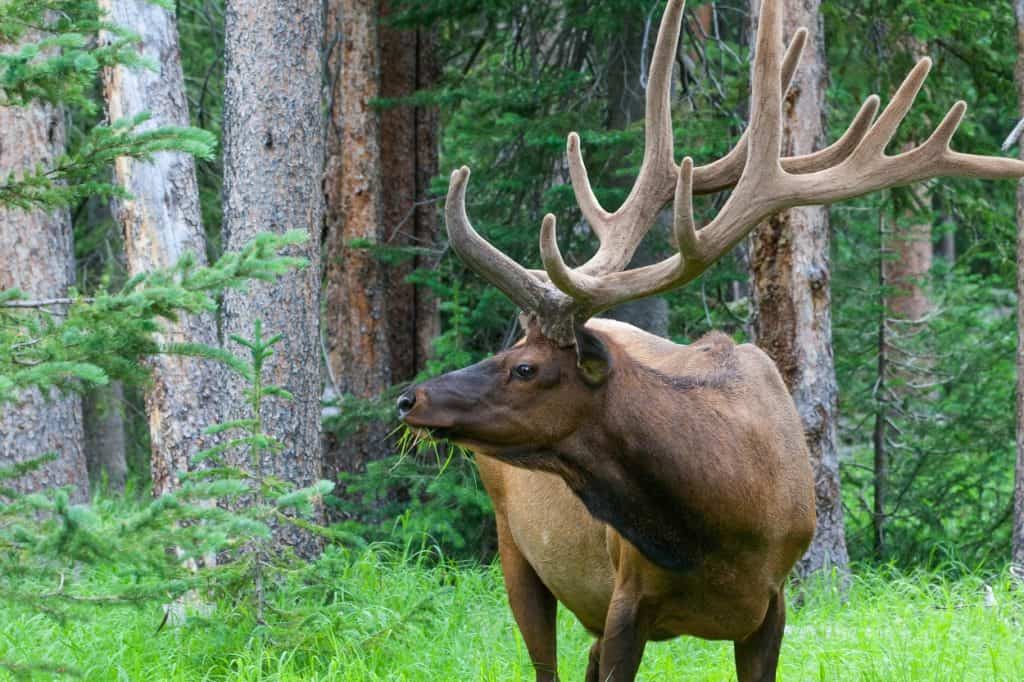
Yellowstone National Park is primarily in Wyoming but extends into Montana and Idaho. The park is known for its stunning natural features, including geysers, hot springs, and other hydrothermal features, as well as its wildlife, such as wolves, grizzly bears, bison and elk.
Yellowstone was established as the first national park in the United States in 1872, and in 1978 it was designated as a UNESCO World Heritage Site to recognize its exceptional natural beauty and ecological importance. The park sees around 4 million visitors a year.
Yosemite National Park
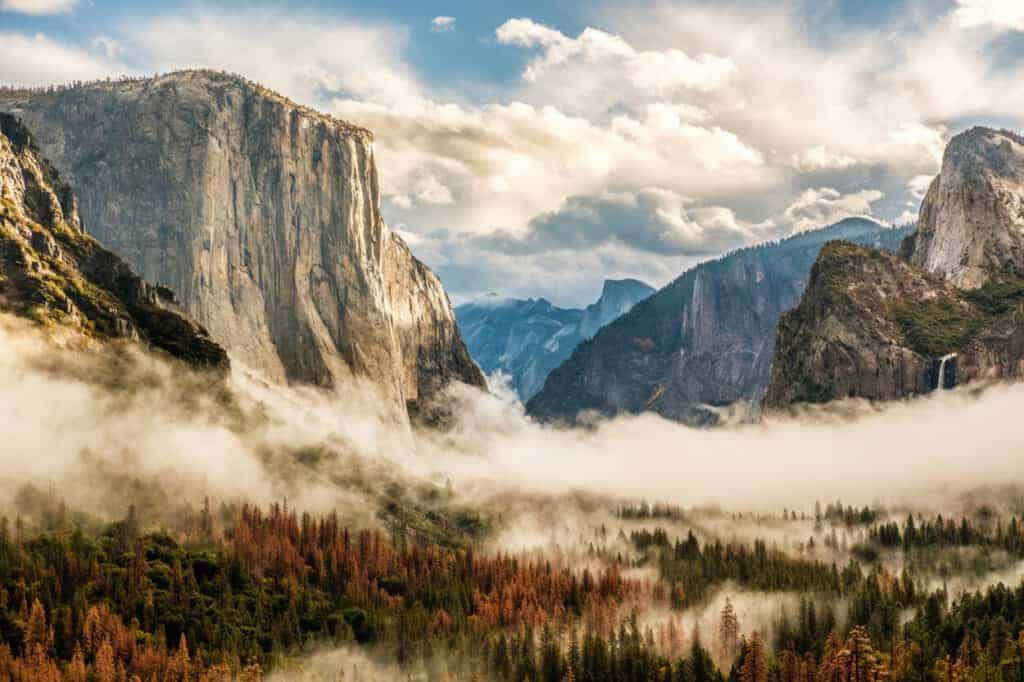
Yosemite National Park is in the Sierra Nevada mountains in eastern California and is known for its iconic granite cliffs, waterfalls, and diverse ecosystems. You can explore the park’s natural wonders, hike trails, rock climbing, backpacking, and wildlife viewing.
The park was created in 1890 and covers over 748,000 acres of land, including Yosemite Valley, which is home to some of the park’s most famous natural landmarks, such as Half Dome and El Capitan. In 1984, Yosemite National Park was designated as a UNESCO World Heritage Site and sees around 4 million visitors each year.
U.S. National Parks Designated as World Heritage Sites
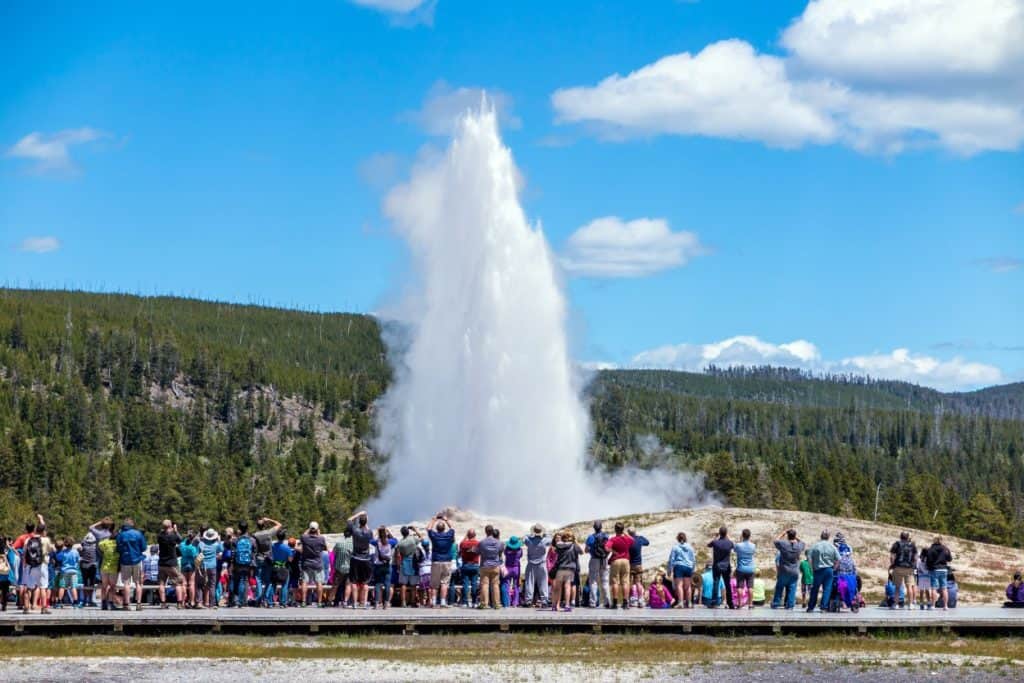
U.S. National Parks, also UNESCO World Heritage sites, represent some of America’s most remarkable natural and cultural treasures. From the beautiful redwoods of California to the geysers of Yellowstone, these parks give you a glimpse into the diverse natural beauty of the United States. As designated World Heritage sites, they are recognized for their exceptional beauty, ecological significance, and cultural value, and their protection and preservation is an essential goal for future generations.
Featured image credit: NPS/Damon Joyce

